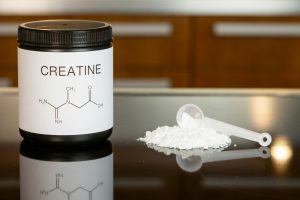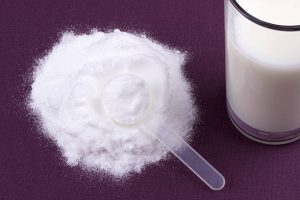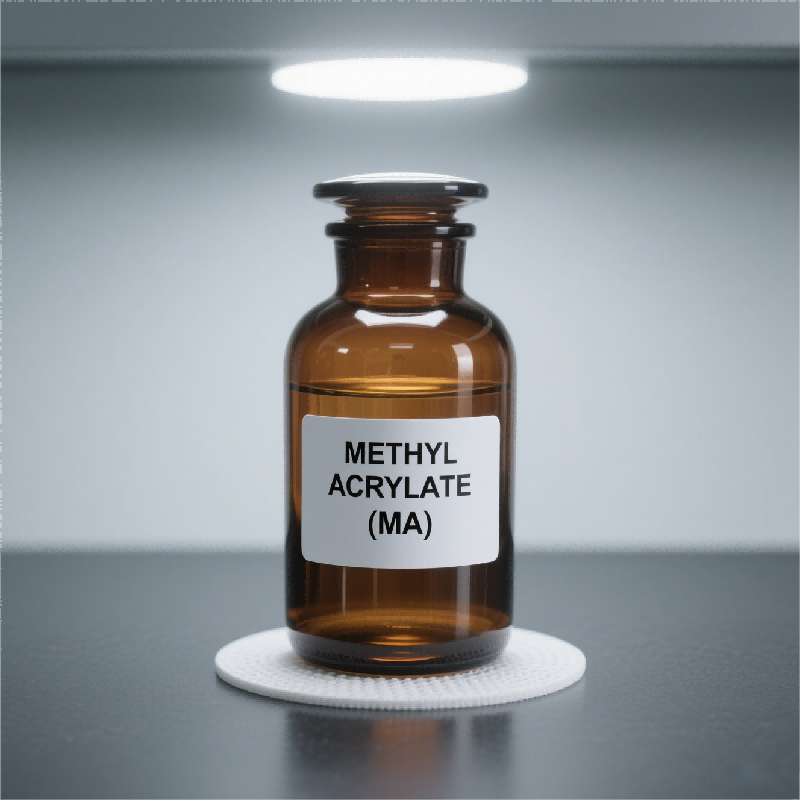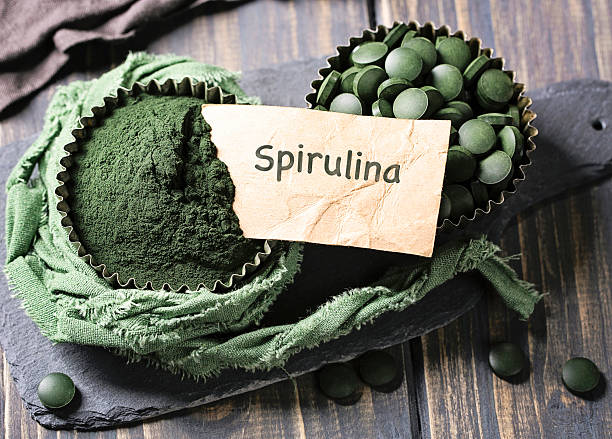How Creatine Mono Works and Why You Should Take It
Among all the supplements lining the shelves of fitness stores, few have earned as much credibility as creatine monohydrate. Often referred to simply as “creatine mono,” this compound has been studied for decades and consistently ranks among the most effective and safest supplements for improving athletic performance. Unlike many products that rise and fall with marketing hype, creatine monohydrate has stood the test of time, supported by hundreds of scientific papers and countless testimonials from athletes of all levels.
But what exactly does creatine mono do for your body? Why do strength athletes, sprinters, and even some older adults consider it essential? To answer that, we need to look at how creatine works at the cellular level, what benefits it brings, who can gain the most from it, and how to use it properly. This article takes a deep dive into creatine monohydrate, separating myths from science and showing you why it has become a staple supplement for millions worldwide.
Understanding Creatine and Its Role in the Body
Creatine is a naturally occurring compound found in small amounts in red meat, fish, and other animal products. Your body also produces it from amino acids in the liver, kidneys, and pancreas. Roughly 95% of your body’s creatine stores are housed in skeletal muscle, with the remainder distributed in the brain and other tissues.
The primary role of creatine is to support the production of adenosine triphosphate (ATP)—the energy currency of the cell. During short bursts of high-intensity activity, your muscles demand rapid ATP production. Normally, ATP stores are depleted within seconds. This is where creatine phosphate steps in: it donates a phosphate group to regenerate ATP, allowing your muscles to sustain effort for slightly longer.
Think of it like this: ATP is the fuel in your sprint car. Once you burn through that fuel, the car stops. Creatine acts like a small reserve tank that kicks in at the critical moment, giving you extra acceleration before you need to refuel. While the boost might only last a few seconds, in sports or lifting sessions, those seconds can make the difference between hitting a personal record or falling short.
The Science Behind Creatine Supplementation
Researchers began seriously studying creatine supplementation in the early 1990s, when athletes in strength and sprint sports started reporting dramatic performance improvements. Since then, hundreds of controlled studies have confirmed that creatine monohydrate consistently enhances performance in short-duration, high-intensity activities.
At the cellular level, creatine does more than just help regenerate ATP. It also draws water into muscle cells, a process known as cell volumization. This intracellular hydration not only contributes to the “fuller” look that many lifters notice after starting creatine, but also signals the muscle cell to initiate protein synthesis. In other words, hydrated muscle cells are more anabolic.
Beyond muscles, creatine has also attracted attention in neuroscience. Because the brain relies heavily on ATP for proper function, researchers have examined creatine supplementation for its role in supporting cognitive performance, reducing mental fatigue, and potentially slowing down neurodegenerative diseases. While the evidence is not as conclusive as in sports science, the early results are promising.

Key Benefits of Creatine Monohydrate
1. Improved Strength and Power
Creatine mono is best known for increasing strength and power output. Weightlifters often notice the ability to complete an extra rep or lift slightly heavier loads. Studies show average strength improvements of 5–15% in compound lifts such as squats and bench presses after several weeks of supplementation. For sprinters, creatine can shave fractions of a second off times, which is a massive advantage in competitive contexts.
2. Muscle Growth
While creatine itself is not a direct muscle builder in the way anabolic hormones are, it creates an environment conducive to growth. By allowing you to train harder and recover faster, it indirectly supports hypertrophy. Additionally, the cell volumization effect stimulates signaling pathways that encourage protein synthesis. Over weeks and months, these small advantages accumulate into noticeable muscle gains.
3. Faster Recovery
Intense training often leads to muscle damage, inflammation, and fatigue. Creatine has been shown to reduce markers of muscle damage and speed up recovery between sessions. This is particularly useful for athletes training multiple times per day or on tight competition schedules.
4. Cognitive and Neurological Benefits
Although less publicized, creatine’s impact on the brain is an exciting frontier. Some studies suggest that supplementation may improve memory and attention, particularly in sleep-deprived individuals. There is also ongoing research into creatine as a potential therapy for conditions such as Parkinson’s and Huntington’s disease. While more studies are needed, the idea that a supplement known for biceps could also protect the brain is groundbreaking.
5. Health Support Beyond Athletics
Creatine may provide benefits for populations beyond athletes. For vegetarians and vegans, who typically have lower dietary creatine intake, supplementation can help close the gap and support both muscle and brain function. Older adults may also benefit from creatine, as it appears to support muscle mass retention and functional strength, reducing the risk of falls and improving quality of life.
Who Can Benefit the Most
While creatine mono is not a magic pill, it is remarkably versatile in its applications.
-
Strength Athletes: Powerlifters, bodybuilders, and Olympic lifters benefit most due to creatine’s direct link with power output.
-
Explosive Sports Athletes: Sprinters, football players, basketball players, and martial artists all rely on short bursts of high power, making creatine a valuable asset.
-
Endurance Athletes: Although endurance athletes won’t see dramatic improvements in marathon performance, creatine can still aid in sprint finishes, high-intensity intervals, and recovery.
-
Vegetarians and Vegans: Because plant-based diets contain little creatine, supplementation can make a significant difference in both performance and cognition.
-
Older Adults: Muscle mass naturally declines with age, but creatine combined with resistance training can slow this process and improve daily function.
How to Take Creatine Monohydrate Correctly
One of creatine’s advantages is its simplicity. Unlike some supplements with complex timing requirements, creatine works as long as you are consistent.
There are two common strategies:
-
Loading Phase: Take 20 grams per day (split into 4 doses) for 5–7 days, followed by a maintenance dose of 3–5 grams daily. This saturates muscle stores quickly.
-
Steady Supplementation: Skip the loading phase and simply take 3–5 grams daily. It takes a few weeks longer to reach full saturation, but the result is the same.
Creatine can be taken at any time of day, though many prefer post-workout with a carbohydrate- and protein-rich meal to enhance uptake. It mixes easily with water, juice, or shakes.
When shopping, stick with creatine monohydrate rather than “fancy” alternatives like creatine ethyl ester or creatine HCL. Despite marketing claims, monohydrate is the most studied, cost-effective, and reliable form.

Safety, Side Effects, and Myths
One of the reasons creatine has remained popular for decades is its strong safety record. Studies lasting up to five years have found no harmful effects in healthy individuals.
The most common side effect is water retention, particularly during the initial loading phase. This is intracellular water, not bloating under the skin, so it actually contributes to a fuller, stronger muscle appearance. Some people may experience mild stomach upset if they take large doses at once, which can be avoided by splitting doses or taking with food.
A persistent myth is that creatine damages the kidneys. This misconception arose because creatinine, a breakdown product of creatine, is used as a marker of kidney function in blood tests. Supplementation can slightly raise creatinine levels, but this does not indicate kidney damage in healthy individuals. Multiple studies confirm that creatine is safe for those with normal kidney function.
Finally, it is important to clarify that creatine is not a steroid. It does not alter hormone levels, nor does it carry the risks associated with anabolic drugs. It is simply a compound that enhances the body’s natural energy system.
Creatine and Lifestyle Integration
The beauty of creatine is its flexibility. It can be seamlessly integrated into different training goals.
-
For Muscle Gain: Combine creatine with a progressive resistance training program. The ability to lift heavier weights over time accelerates growth.
-
For Fat Loss: Creatine can help maintain strength and muscle mass while in a calorie deficit. The temporary water weight gain does not reflect actual fat gain.
-
For General Wellness: Even outside of performance goals, creatine may support brain health and aging. For this reason, some people choose to supplement regardless of athletic ambitions.
Latest Research and Future Directions
Scientists continue to explore creatine’s potential in new areas. Early evidence suggests it may help patients with traumatic brain injury by improving cellular energy availability. Research is also underway on its role in pregnancy, as creatine may protect infants during complicated deliveries by safeguarding oxygen supply.
Another fascinating area is mental health. Some studies suggest that creatine supplementation could enhance the effects of antidepressants in certain populations. While this research is still emerging, it adds to the picture of creatine as a multifaceted supplement, not just a gym aid.
Creatine monohydrate is one of the rare supplements that delivers on its promises. It enhances strength, boosts muscle growth, accelerates recovery, and may even support brain health and overall wellness. With decades of research backing its safety and effectiveness, it stands out as a reliable tool for athletes, fitness enthusiasts, and anyone looking to optimize their performance.
In a supplement industry often clouded by marketing gimmicks and exaggerated claims, creatine mono remains refreshingly straightforward. It works, it’s safe, and it’s affordable. Whether you’re chasing new personal bests in the gym, looking to stay strong as you age, or simply curious about boosting your body’s energy systems, creatine mono is worth considering.



